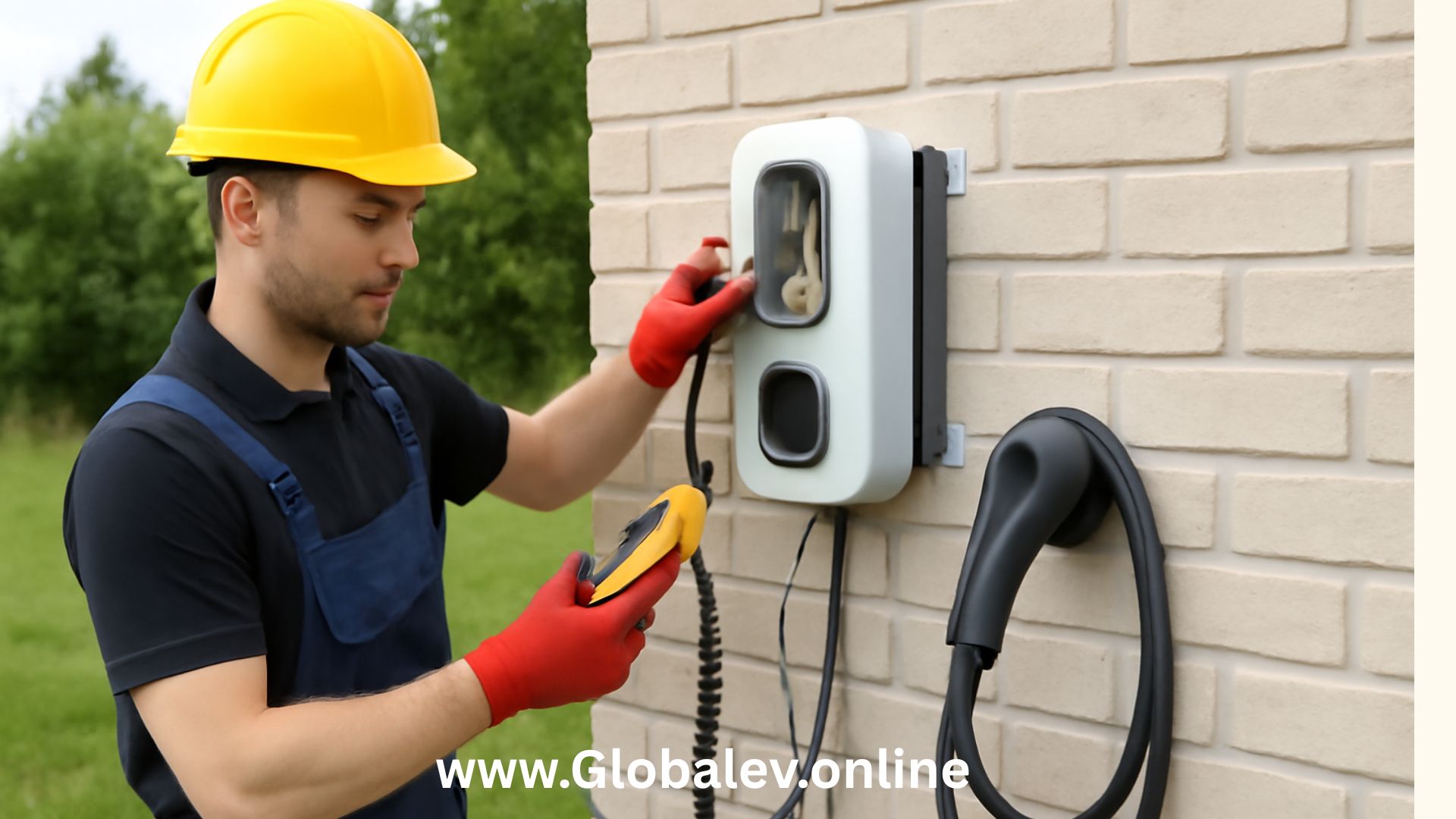Transitioning to electric vehicles (EVs) is becoming the norm in modern households. A home EV charger installation is an essential step for anyone wanting convenient, cost-effective, and reliable charging. This guide covers everything you need to know, from planning and choosing the right charger to installation and post-setup tips, ensuring your home charging experience is seamless and safe.
Introduction
Switching from public charging stations to a home EV charger unlocks a host of benefits. You’ll enjoy faster charging, greater convenience, and the flexibility to charge your vehicle overnight or whenever it’s parked at home. With more EV models entering the market, the importance of a dedicated home charger cannot be overstated.
Understanding Home EV Chargers
Types of EV Chargers
- Level 1 Chargers: Plug into a standard household outlet; slow charging, suitable for low daily mileage.
- Level 2 Chargers: Require a 240V outlet; deliver much faster charging, ideal for most homeowners.
- DC Fast Chargers: Not typical for home use, designed for commercial and public spaces due to high power requirements.
Differences & Suitability for Home Use
Level 2 chargers strike the best balance for home setups, offering much faster charging compared to Level 1, without the complexity and expense of DC fast chargers.
Pre-Installation Considerations
- Electrical Capacity: Ensure your home’s electrical panel can support the added load of a charger, typically 30-50 amps for Level 2.
- Charging Needs: Assess your driving habits and EV battery size to determine how powerful a charger you’ll need.
- Location: Most home chargers are installed in garages or covered driveways. Consider proximity to your EV and weather protection.
- Regulations & Permits: Check local codes. You may need permits or inspections, especially for electrical upgrades.
Choosing the Right EV Charger
- Features: Opt for smart chargers with Wi-Fi connectivity, scheduling, and energy tracking.
- Compatibility: Ensure the charger matches your EV’s connector type (usually J1772 for North America).
- Installation Type: Decide between hardwired units (permanent) and plug-in models (simple to relocate).
Steps to Install a Home EV Charger
Hiring a Qualified Electrician
Unless you have advanced electrical skills, always hire a certified electrician. This ensures safety, compliance, and long-term reliability.
Step-by-Step Installation Process
- Site Preparation: Identify the best location for safe, convenient access.
- Mounting the Charger: Secure the unit to a wall or installer’s bracket.
- Connecting to Power: The electrician runs the necessary wiring from your electrical panel.
- Grounding and Safety: Proper grounding is critical; your electrician will test all connections.
- Inspection & Certification: Some jurisdictions require inspection before use.
Cost of Installation
- Charger Costs: Basic Level 2 units start around $400; smart models can range up to $1,200.
- Installation Costs: Expect $500–$2,000, depending on wiring, panel upgrades, and permit fees.
- Incentives: Many regions offer rebates or tax credits for charger purchase and installation.
Safety Tips & Best Practices
- Professional Installation: Avoid DIY unless legally allowed and you are qualified.
- Regular Maintenance: Check connections and cables periodically.
- Safe Electrical Connections: Never use extension cords or adapters not approved for EV charging.
- Weatherproofing: Use weatherproof chargers for outdoor installations, and always follow manufacturer recommendations.
Post-Installation Setup
Configure your charger’s smart features, such as scheduled charging (to save on electricity costs during off-peak hours) and energy monitoring. Register your device if required and run an initial test charge to ensure everything’s working.
FAQs
- Mistakes to Avoid: Don’t overload your home’s electrical system; install in a sheltered spot; get all necessary permits.
- Troubleshooting Issues: Follow manufacturer guidelines for errors or connection problems.
- Charging in the Rain: Quality home chargers are designed for safety and can be used outdoors in wet weather (check IP rating).
Conclusion
Installing a home EV charger is a smart investment that boosts convenience, supports eco-friendly transportation, and may even add value to your home. Always prioritize safety, choose the right equipment, and rely on professional expertise for installation. With the right steps, your home EV charging setup will support years of reliable use.
